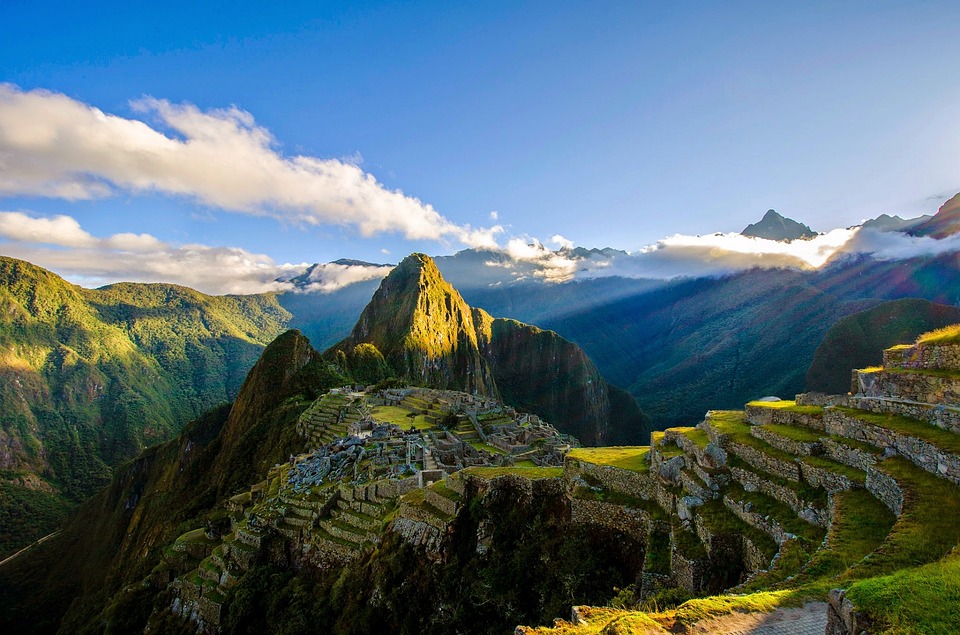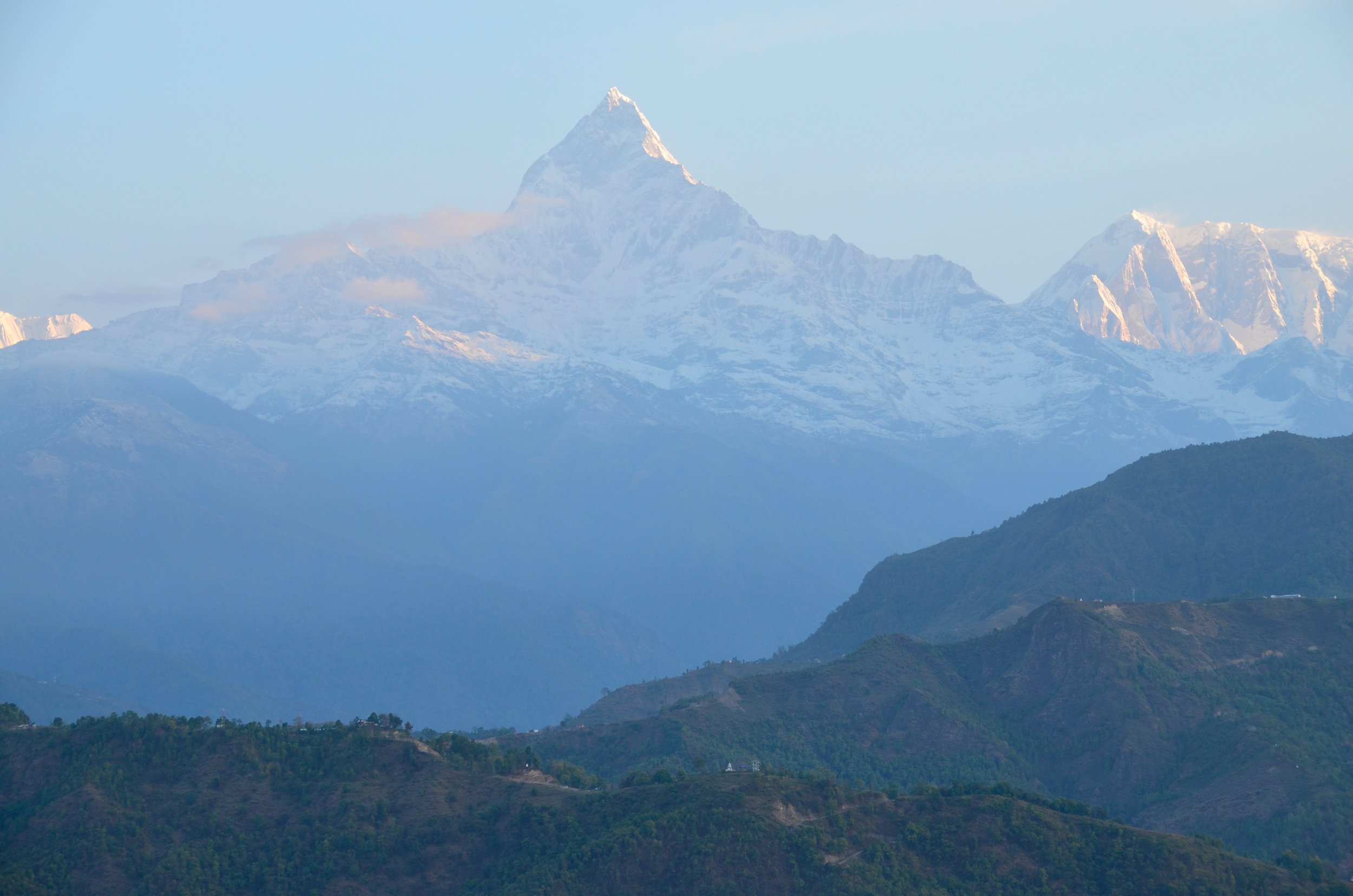The magical island of Dominica is a remote and beautiful destination for anyone looking for adventure and discovering untouched volcanic landscapes, jungles, and tropical beaches. An under-the-radar destination that’s often confused with the Dominican Republic, this ‘nature island’ offers a special off-the-beaten-path feel for its visitors. Renowned for its rugged, mountainous, jungle-clad terrain, this distinct landscape has also contributed greatly to the defining aspects of Dominica’s history and culture for centuries. So what exactly is it that creates the unique Dominica culture?
Flag of Dominica on display in Roseau. Photo: Ken Bosma
Quick Overview:
View of Roseau, capital of Dominica.
The Commonwealth of Dominica has been its own independent country since the late 1970’s. It has strong African, French, English, and Kalinago roots due to its natives, its colonizers and the many immigrants who have reached the island. The islands official language is English; however, many speak Creole, French and even Kalinago. Like many islands of the Caribbean, Dominica’s culture is strongly influenced by a mix of other cultures coming together to create a vibrant Creole vibe.
Indigenous population:
Before the island was colonized by the Europeans Dominica was inhabited by the Kalinago or the Caribs, who call the island “Wai’tukubuli” which translates to “tall is her body”, referencing Dominica’s many jungle-clad peaks. Dominica was the last of the Caribbean islands to be colonized by Europeans due to the fierce resistance of the native Caribs, helped also by its rugged terrain. To this day, the island has the largest settlement of indigenous people in the whole Caribbean region.
Traditional shelters on display in the Kalinago territory.
The Kalinago population was somewhat forgotten until it went through a cultural renaissance in the 1990’s. During this time the government and its representatives built a cultural center dedicated to the Kalinago in Roseau, the capital of this island, as well as enhancing the district within the island known as the Kalingao Territory. This has generated a lot of awareness about the origins of the Kalinago and the importance they have in the culture and the traditions of this Caribbean island.
Colonizing influences:
Efforts to colonize Dominica by Spain were thwarted again and again, and the Spanish did not settle on the island at all. Eventually the island was claimed at various times by both the British and the French who traded off control of this colony throughout the 16 and 1700’s, until the French eventually ceded to British authority in the early 1800’s where it remained until it’s independence. However, during this time colonizers still had to contend with the formidable Kalinago who continued to use their knowledge of the mountains and wild jungle to wage guerrilla attacks on colonizing forces.
Traditional plaid fabrics of Dominica.
The impact of French influence is widespread in Dominica culture including its Creole language, music and culinary traditions as well as traditional clothing with colorful fabrics from the French fashion influences. In addition, the majority of the residents in Dominica are Roman Catholic due to the history of this strong French presence. The core of Dominica’s etiquette, courtesies, mannerisms, bureaucracies and governing systems are due to the British influence on top of the obvious impact of English being the islands first language.
Maroons:
Dominica is also known for sheltering large concentrations of Maroons, enslaved Africans who escaped to remote areas in the Caribbean looking for freedom. The Dominican geography provided an ideal refuge that helped these communities maintain and conserve a unique subculture of African slave language, music, divination and spirit animism.
Learning about Maroon history along the Perdu Temps trail.
For generations, the Maroons grew their own independent society largely free from European efforts of territorial control thanks to the impenetrable terrain. Colonial settlements on Dominica were confined to within two miles of the coast, leaving around 170 square miles to the Maroons. Even after emancipation in the 1830’s, Maroon communities largely remained secluded and forgotten though recently the spirit of the Maroons has been acknowledged more widely with an Emancipation Monument in Roseau and other efforts to honor and preserve their history. Today you can also retrace the steps of Maroons and imagine their lives or learn more details from a guide while hiking along paths like the Perdu Temps trail.
Modern Dominica culture:
Carnival celebrations. Photo: Revelacion Carnavalesca
The modern result of these distinct influences is a colorful and vibrant Creole society, proudly displaying its unique and dynamic heritage. Music is represented by almost every genre though local folk, reggae, calypso are by far the strongest. Each small village has its own festivities and carnivals showing off this musical variety, dominated by a renowned World Creole Music Festival featuring local, regional and international stars as well as a large Carnival celebration.
Nutmeg grown on Dominica.
Local cuisine on the island is full of fresh flavors, plenty of seafood, and rooted in Creole techniques with abundant tropical produce and bold spices. Plants and herbs across the island do more than grace plates, as many with medicinal properties that were utilized with the Kalinago community’s strong knowledge honed over centuries have been passed down for generations and still used today.
Discovering wild cocao with a guide in Dominica.
On the island, tourism is driven by passionate and knowledgeable locals, keen to maintain the island’s natural allure as well as its vibrant culture by creating an authentic and immersive experience for guests. The historically independent spirit of Dominicans has expressed itself in this unique approach to welcoming international visitors, as they carve out their own path with eco-minded, responsible and sustainable practices at the forefront.
Although small and remote, Dominica brings centuries of traditions together that have somehow survived colonization, globalization, and the modern merging of disparate cultures. The magic of this natural Caribbean paradise truly comes alive with an understanding of this unique cultural experience. When you visit Dominica, be sure to dive into this local history and cultural vibe alongside your whale-watching boat trips, jungle hikes to boiling lakes, and other nature-based adventures. You can be sure that we’ll explore all these fascinating aspects on our Jungle Island Retreat in Dominica!




























Whether indulging in delicious Creole dishes, succulent seafood or hearty stews, the food in Dominica offers a delightful array of dishes for the taste buds, each showcasing the island's unique culinary traditions. Enjoy this culinary journey to Dominica with our top 10 must-try snacks, meals, and sweets that embody the essence of Dominican local dishes, ensuring an unforgettable gastronomic experience.